D Color
Completely colorless and the most valuable.
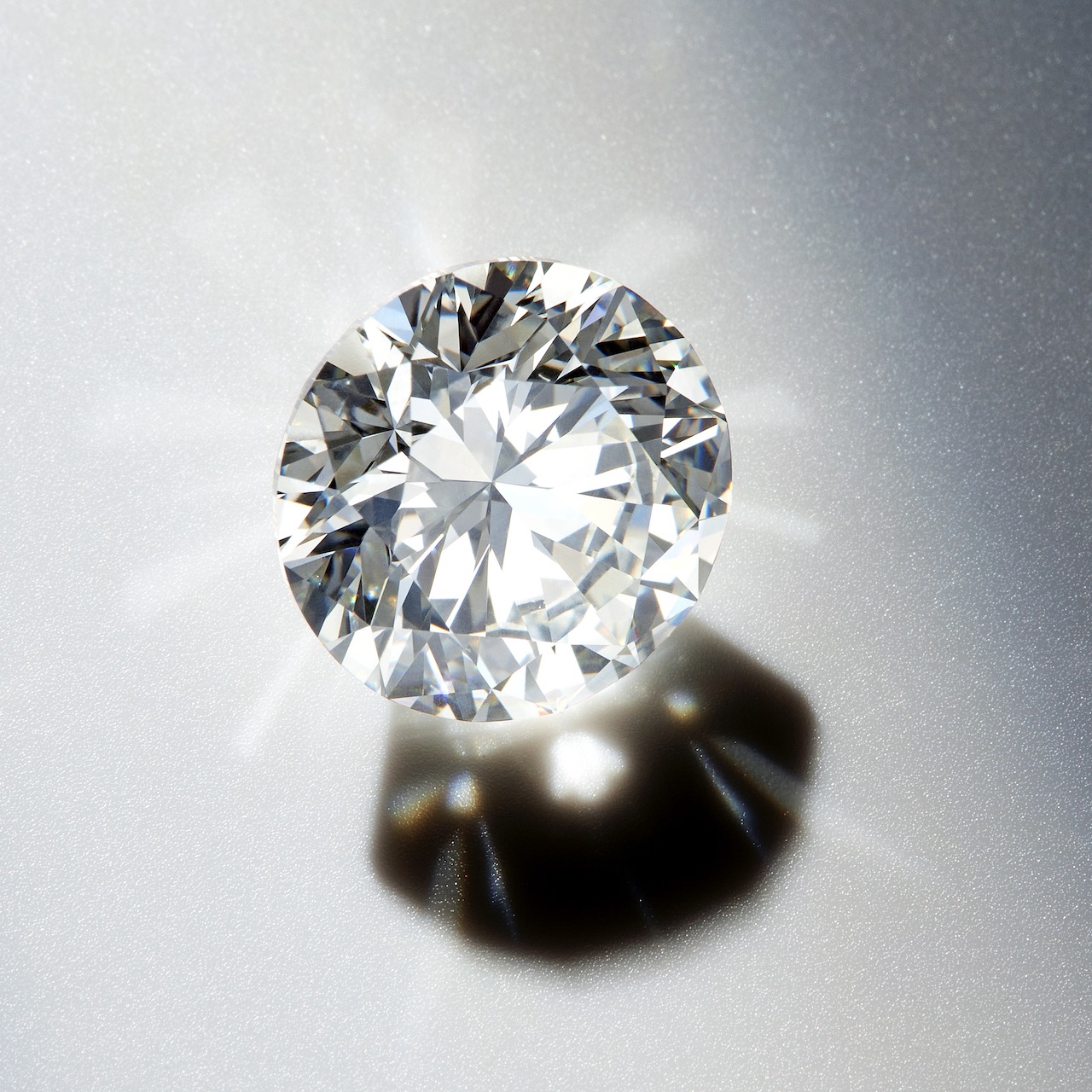
When choosing a natural diamond engagement ring, the most important factor is selecting a diamond that truly resonates with you. While the 4Cs of diamonds—Cut, Color, Clarity, and Carat—serve as helpful guidelines in evaluating a diamond’s quality, they should never overshadow the emotional connection you feel with your stone. Natural diamonds are formed over billions of years deep within the Earth’s mantle, undergoing immense heat and pressure that shape their one-of-a-kind characteristics. As a result, many natural diamonds carry unique inclusions or blemishes, which are tiny internal features that make each stone distinct.
These natural markings serve as small time capsules, offering a glimpse into the extraordinary journey a diamond has taken from deep within the Earth to become a cherished symbol of love. Rather than imperfections, these inclusions tell a story of age, authenticity, and rarity, making each natural diamond as unique as the person who wears it. A diamond’s true value lies not just in its grading and technical qualities, but in the personal connection it evokes and the sentiment it holds for a lifetime.
The clarity grade of diamonds refers to the absence of inclusions or blemishes. The clarity scale ranges from Flawless (FL) to Included (I). Natural diamonds that form without any inclusions are extremely rare and deemed internally flawless on most grading scales. These rare diamonds are some of the most valuable in the world.
Why It Matters: A diamond’s clarity affects how clean and brilliant it looks, especially under magnification or close inspection.
1. Flawless
(FL)
No inclusions or blemishes visible under 10x magnification.
2. Internally Flawless
(IF)
No inclusions or blemishes visible under 10x magnification.
3. Very, Very Slightly Included
(VVS1, VVS2)
Minute inclusions are difficult to detect even under magnification.
4. Very Slightly Included
(VS1, VS2)
Inclusions are minor and difficult to detect under 10x magnification.
5. Slightly Included
(SI1, SI2)
Inclusions are visible under magnification and may be visible to the naked eye in SI2.
6. Included
(I1, I2, I3)
Inclusions are visible to the naked eye and may affect the diamond’s appearance and durability.
Completely colorless and the most valuable.
Nearly colorless, with only microscopic traces of color detectable by experts.
Also nearly colorless, with a barely perceptible difference from E.
A slight hint of color, nearly indistinguishable to the naked eye.
Slight warmth but still appears white in most lighting.
Some noticeable tint in larger diamonds.
Slightly more visible color, especially in larger stones.
A natural diamond’s color grade is usually a measure of how colorless the diamond is. Most natural diamonds appear colorless or near colorless to the average shopper, but actually have slight tints of yellow or brown. The closer the stone is to a colorless diamond, the rarer and generally more valuable it is.
Natural diamonds are graded on a color scale ranging from D (colorless) to Z (heavily tinted brown or yellow). Diamonds typically begin to show a noticeable light yellow tint starting at the K grade on the GIA color scale.
Diamonds can also form naturally in almost any color imaginable because of factors apparent in the earth when they form. Most of these natural colored diamonds are so rare that their value can be limitless, and they are graded on a different scale more closely describing the visible color.
Why It Matters: A diamond’s color can impact its overall appearance and price, especially in certain shapes or larger stones where color is more noticeable.
Not to be confused with diamond shape, the cut of a natural diamond determines how it interacts with light. The Cut Grading System assesses a diamond’s appearance, including its brightness, fire, and scintillation, which make up the way a diamond reflects light, dispersing it into color, and sparkles.
Cutting a natural diamond requires a perfect balance of artistry and precision to enhance its brilliance. This is why a diamond’s cut grade not only measures how well it reflects light but also evaluates the craftsmanship behind its proportions, polish, and symmetry. Ranging from Excellent to Poor, cut grade is considered the most important factor influencing a diamond’s overall beauty and value.
The GIA (Gemological Institute of America) and other grading organizations use the round brilliant diamond as the benchmark for evaluating cut quality because it has the most precise and universally recognized proportions.
Why It Matters: A diamond’s cut has the biggest impact on its sparkle and brilliance, more than any other of the 4Cs of diamonds.
A poorly cut diamond that appears dull and lacks fire due to excessive light loss.
Still offers a decent amount of sparkle, but some light leakage occurs, reducing overall brightness.
Still offers a decent amount of sparkle, but some light leakage occurs, reducing overall brightness.
Nearly as brilliant as Excellent, with only slight differences in light performance that are difficult to detect.
The highest cut grade, offering maximum brilliance, fire, and scintillation. Light is reflected efficiently, creating the most dazzling effect.
The table is the top horizontal facet of the diamond.
The crown height is the upper portion of the diamond.
The girdle is the middle portion of a diamond.
Pavilion angle is an important dimension of the stone
The small facet at the bottom of a diamond to prevent chipping and abrasion to the point.
The diamond’s overall depth from the surface of the table to the culet.
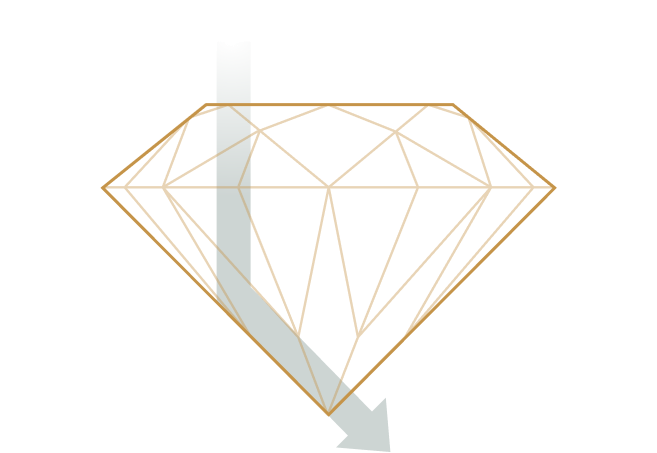
Poor brilliance and light performance
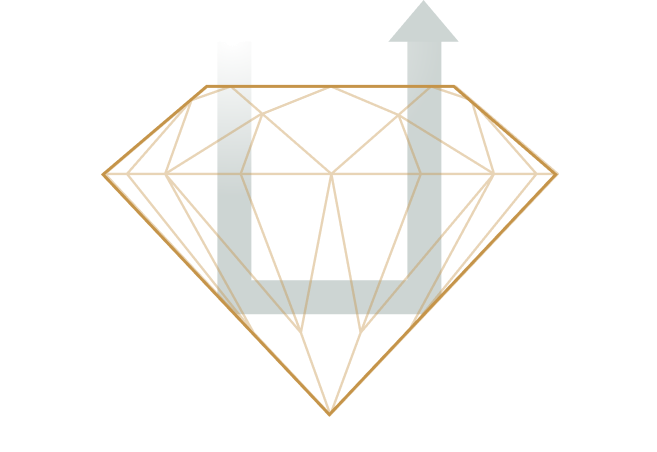
Most brilliant. Optimal light performance
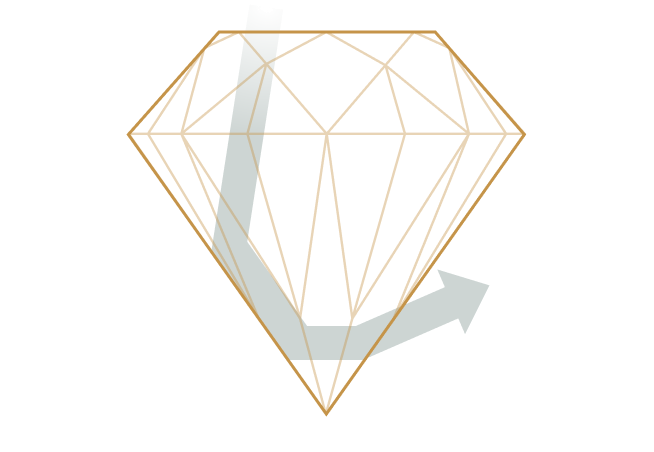
Poor brilliance and light performance

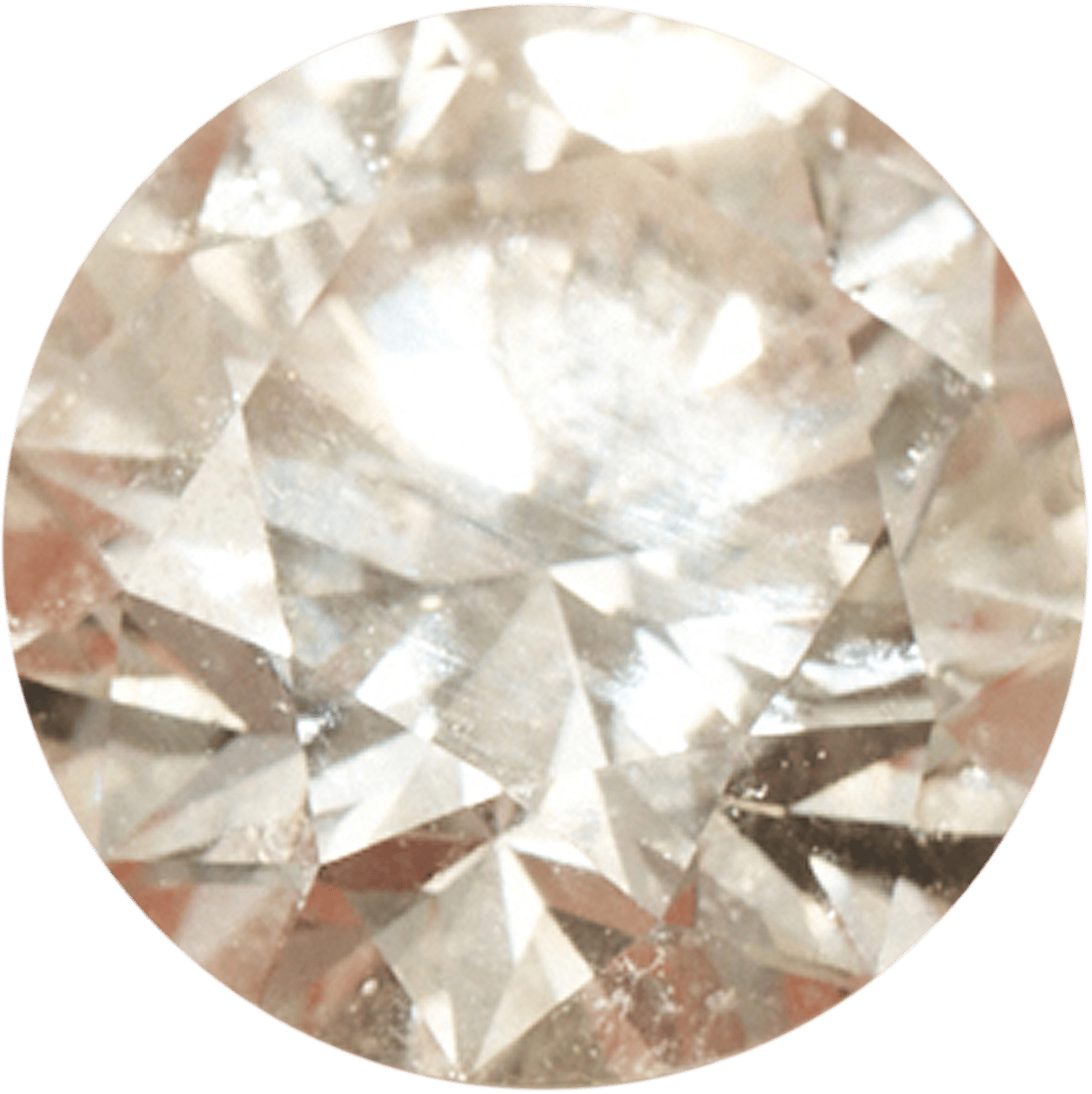
Diamond sizes shown are for visual reference only and are approximate. Actual sizes may vary.
The carat of a natural diamond is the measurement of its weight. One carat is equivalent to 200 milligrams, or 0.2 grams. Carat weight is often used as an indicator of a diamond’s size, though two diamonds of the same carat weight can appear different in size depending on their shape and how they are cut.
Natural diamonds one carat and larger are becoming increasingly rare, as global supply continues to decline and only one significant deposit has been discovered in decades. In fact, the annual global recovery of all natural diamonds one carat and larger could fit inside just one exercise ball.
Why It Matters: Carat weight influences a diamond’s size—and its price—but bigger isn’t always better. Cut and proportions play a major role in visual impact.
Natural Diamond Council (NDC) is the global authority on natural diamonds. As a not-for-profit organization, NDC is committed to advancing the integrity of the natural diamond industry and celebrating the unmatched beauty and value of natural diamond jewelry. NDC serves as the industry’s definitive voice, offering expert insight, trusted education, and unparalleled access to the world of real, rare, and responsibly sourced natural diamonds.